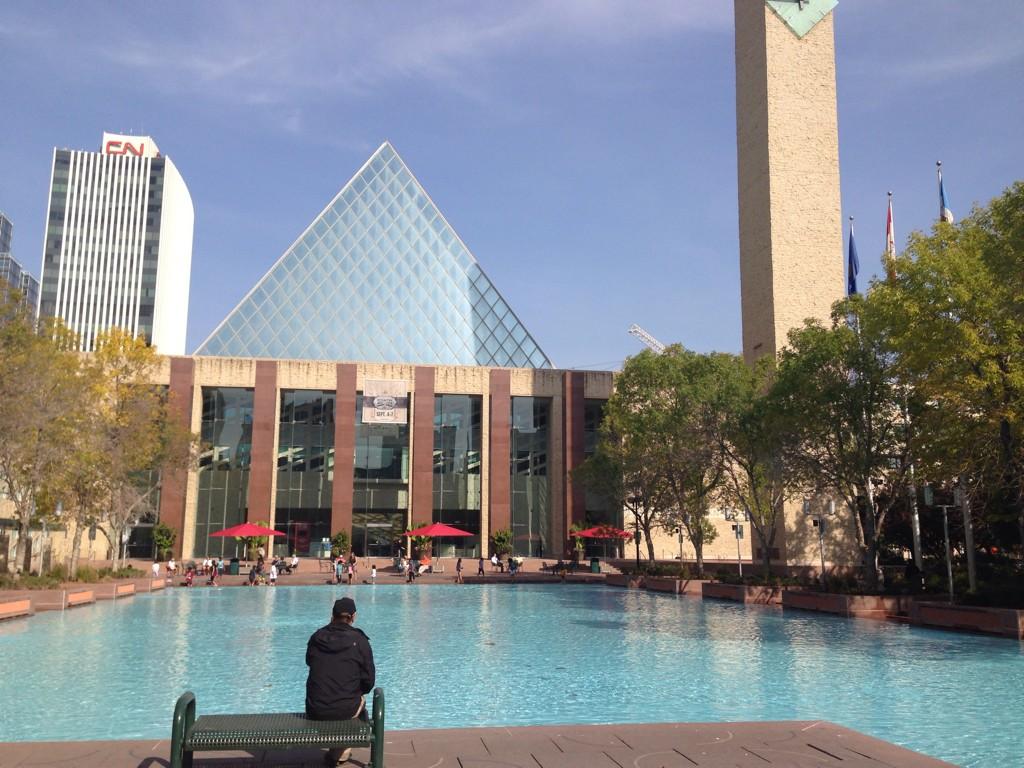City taxpayers are going to be on the hook for the cost of fixing the roads in the annexed part of Leduc County that are less than the city bargained for. The budget for maintaining these gravel roads is $393,000. Before the year is out, the tab will have hit $1.83 million.

“Some of the assets we inherited through the annexation were built to a different standard than our own gravel roads in the city,” Eduardo Sosa, the city’s director of infrastructure maintenance told council’s executive committee on Monday.
That, and the large amount of rain that fell this summer made the country gravel roads a nightmare.
“They are bad. There’s no two ways about it,” Ward 9 Councillor Tim Cartmell told reporters after touring the area taking inventory of RR 253, 254, 255, 260 and Township Road 510.

Get daily National news
“The approved annual maintenance budget was $393,000. However, as of Aug. 9, 2019, a total cost of $648,000 has been incurred. Administration anticipates that a total of $1.83 million will be required for maintenance of these roadways in 2019,” a city report said.
“The main work happened through the month of August,” Sosa said. “In August we had better weather conditions so we could actually get compaction on the base. Thousands of tons of gravel were put on the road so the conditions are way better.”
Poor drainage also contributed to the problem. Sosa said EPCOR has been working to improve the situation, adding that work will show itself next spring after the winter melt.
“They were worse than winter roads in terms of slippery, in terms of dangerous, in terms of condition. Quite frankly that caught us off guard right from the snow melt in the spring,” Cartmell said.
“These roads are not much more than scraping out the ditches, and piling the dirt in the middle and putting gravel on top. That is not how you build a road. So they were bad.”
Councillor Ben Henderson pointed out that it was an unusually dry spring this past year.
“If we were having problem because of the drainage of the roads in the dry spring, do we have concerns about what happens if we have a more usual spring?” he asked city staff.
A budget report will come back before city council with a plan to pay for building those particular roads up to the city standard, plus the cost of maintaining them annually. That report is expected later this year.










Comments